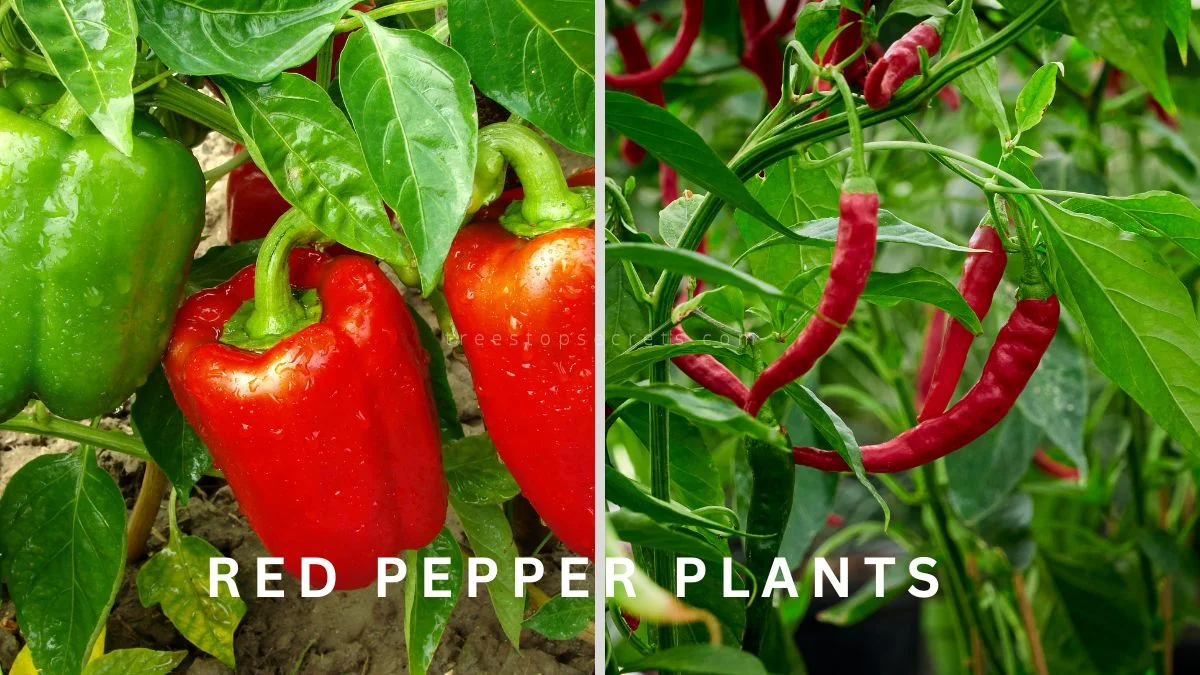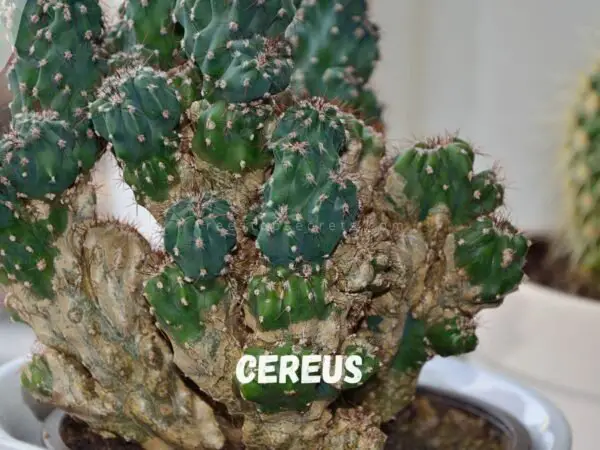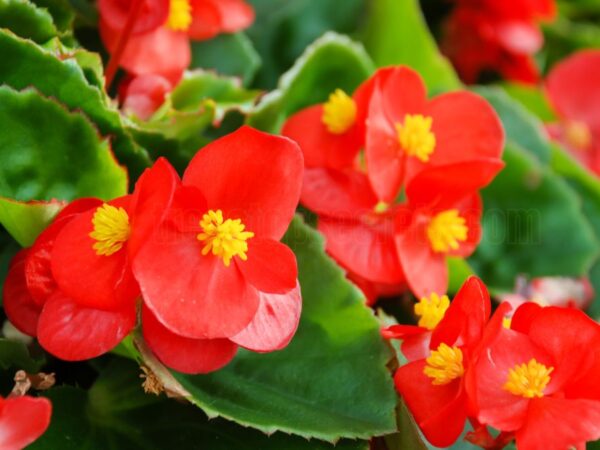Growing red pepper plants can be a rewarding and enjoyable experience. Whether you are a seasoned gardener or just starting, gardening and cultivating these organic varieties of vibrant veggies, like plant peppers, brings color and flavor to your garden and meals. With a rich historical background dating back centuries, red peppers and tomatoes, both fruits, have been cherished for their culinary uses and health benefits. By understanding the basics of nurturing red pepper plants, you can enjoy a bountiful harvest of these spicy delights.
Join us as we explore the ins and outs of growing red pepper plants, from planting seeds to harvesting ripe peppers, and discover tips for ensuring a successful harvest.
Key Takeaways
- Start with the right basics: Begin by selecting quality seeds, providing adequate sunlight, water, and nutrients for your red pepper plants.
- Choose the right type of red peppers: Consider factors like size, flavor, and spiciness when selecting the type of red pepper plants to grow.
- Follow indoor starting guide: Use seed trays, provide warmth, and maintain moisture levels when starting red pepper plants indoors.
- Transplant outdoors carefully: Gradually acclimate indoor-grown red pepper plants to outdoor conditions before transplanting to ensure successful growth.
- Implement growth best practices: Prune, support, and protect your red pepper plants from pests and diseases to promote healthy development.
- Harvest and handle with care: Pick red peppers when they reach the desired color and size, and store them properly to maintain freshness and flavor.
Starting with Basics
Choosing Seeds
Select seeds from reputable suppliers to ensure quality and reliability. Consider characteristics like heat level and size to match your preferences. Opt for organic seed options for sustainability.
Preparing Soil
Ensure the soil is well-draining to prevent waterlogging, which can harm the plants' roots. Mix compost into the soil to provide essential nutrients for growth. Test the soil's pH levels before planting to create optimal conditions for the red pepper plants.
Planting Tips
Plant seeds at the recommended depth to facilitate successful germination and healthy growth. It's crucial to provide support structures for tall pepper plants to prevent them from bending or breaking under their weight. Consider companion planting with basil or marigolds, as they can naturally control pests that may harm your red pepper plants.
Watering Needs
Consistent watering is key to maintaining healthy red pepper plants. Ensure the soil remains evenly moist without becoming waterlogged, as excessive moisture can lead to root rot. Avoid overhead watering methods as they can promote fungal diseases that may damage your plants. Utilize mulch around the base of the plants to help retain soil moisture and reduce the frequency of watering sessions.
Types of Red Peppers
Sweet Varieties
Sweet pepper varieties such as bell peppers offer a mild flavor, making them versatile for various dishes. These peppers are packed with vitamin C and antioxidants, promoting overall health. Whether sliced raw in salads or stuffed with delicious fillings, sweet peppers add a refreshing crunch to meals.
Hot Varieties
For those craving a spicy kick, hot pepper options like jalapeños are an excellent choice. These peppers contain capsaicin, a compound known for its health benefits such as pain relief and metabolism boost. Incorporate hot peppers into dishes like salsas, curries, or pickles to elevate the heat level and add depth of flavor.
Indoor Starting Guide
Seed Germination
To ensure successful seed germination, maintain consistent soil moisture levels throughout the process. Providing warmth is crucial; consider using a heat mat or placing seeds in a warm location. Keep a close eye on the seedlings for any signs of emerging shoots.
Light Requirements
Pepper plants thrive with 6-8 hours of sunlight daily. For indoor cultivation, consider using grow lights to supplement natural light. Regularly rotating containers helps ensure all parts of the plant receive adequate sunlight.
Transplanting Seedlings
When transplanting seedlings, handle them with care to prevent root damage. Before moving them outdoors, gradually expose the seedlings to outdoor conditions in a process called hardening off. Plant the seedlings at the same depth as they were in their original container.
Outdoor Transplanting
Timing and Spacing
Plant pepper seeds indoors 8-10 weeks before the last frost date. This allows them to establish before outdoor transplanting. Space pepper plants 18-24 inches apart in rows to ensure they have ample room to grow. Consider succession planting by sowing seeds at intervals for a continuous harvest.
Soil and Sunlight
Ensure the soil is well-draining to prevent waterlogging and root rot, which can harm pepper plants. Place them in a sunny location, receiving at least 6-8 hours of direct sunlight daily. Raised beds are beneficial for peppers as they provide better drainage and warmth for optimal growth.
Water and Fertilizer
Water pepper plants deeply but infrequently, allowing the soil to dry out slightly between watering sessions. This practice promotes deep root growth and helps prevent issues like root rot. When it comes to fertilizing, opt for a balanced fertilizer with higher phosphorus content to support flowering and fruiting stages. Avoid over-fertilizing, as this can result in excessive foliage growth at the expense of fruit production.
Growth Best Practices
Pest Management
Inspect plants regularly for pests like aphids or caterpillars. Use neem oil or insecticidal soap for control. Encourage ladybugs to manage pests.
Disease Prevention
Practice crop rotation to prevent soil-borne diseases. Avoid overhead watering to reduce fungal infections. Remove infected plant parts.
Pruning Techniques
Prune plants for air circulation and sunlight penetration. Remove lower leaves to prevent soil splash. Pinch off growing tips for bushier growth.
Harvesting Techniques
Identifying Ripeness
- Look for firm, glossy peppers with vibrant color to ensure they are ripe and ready for harvest.
- Check for a slight give when gently squeezed to determine if the peppers are at their peak ripeness.
- Harvest your red peppers promptly as it not only ensures optimal taste but also encourages continuous fruit production.
Picking Peppers
- Use sharp scissors or pruners to harvest peppers without damaging the plant, ensuring future growth.
- For the best flavor and texture, aim to harvest your peppers early in the day when their sweetness is at its peak.
- After harvesting, store your peppers in a cool, dry place to maintain their freshness for an extended period.
Maximizing Yield
- To maximize the yield of your red pepper plants, consider mulching around them to retain soil moisture and suppress weed growth.
- Providing consistent watering and fertilization is crucial for the optimal growth of your pepper plants.
- Support heavy fruit-laden branches by using stakes or other methods to prevent breakage and ensure a bountiful harvest.
Post-Harvest Handling
Curing and Drying
Air-dry hot peppers by hanging them to allow proper ventilation, ensuring even drying without mold growth. Utilize a dehydrator or oven set on low temperatures to speed up the drying process efficiently. Dried peppers should be stored in airtight containers to maintain their flavor and prevent moisture absorption.
Storing Peppers:
- Pros: Extends shelf life, convenient for quick access.
- Cons: Limited storage time compared to other methods.
Store fresh peppers in the refrigerator to prolong their freshness for up to two weeks. For long-term storage, freezing excess peppers is an excellent option that retains their flavor and texture for future use in various dishes. Pickling or canning peppers not only preserves them but also enhances their taste profile for different culinary applications.
Seed Saving
Allowing peppers to fully ripen on the plant before seed extraction ensures viable seeds for future planting. After harvesting ripe peppers, carefully extract the seeds and dry them thoroughly to prevent any moisture-related issues during storage. Properly store pepper seeds in a cool, dry environment to maintain their viability until the next planting season.
Seed Saving:
- Harvest ripe peppers.
- Extract and dry seeds thoroughly.
- Store in a cool, dry place.
Troubleshooting Common Issues
Nutrient Deficiencies
Red pepper plants may experience yellowing leaves, indicating a nitrogen deficiency. To combat this, apply a balanced fertilizer rich in nitrogen to replenish the soil. Monitor and adjust soil pH levels to ensure optimal nutrient uptake by the plants.
Watering Problems
To tackle issues like wilting or drooping leaves, maintain a consistent watering schedule for your red pepper plants. Adjust the frequency of watering based on weather conditions and the specific needs of each plant. Consider using a soaker hose or drip irrigation system to deliver water directly to the roots efficiently.
Pest and Disease Solutions
Combat common pests and diseases by introducing beneficial nematodes into the soil to control soil-dwelling pests effectively. For fungal infections such as powdery mildew, utilize copper fungicides as an effective management solution. Moreover, ensure good garden hygiene practices to prevent the spread of pests and diseases among your red pepper plants.
Closing Thoughts
In wrapping up, you've gained insights into growing red pepper plants from start to finish. By understanding the basics, selecting the right type, and mastering indoor and outdoor techniques, you're well on your way to a successful harvest. Remember to implement the best practices outlined here, troubleshoot any issues that arise, and handle your peppers post-harvest with care.
Now that you're equipped with this knowledge, it's time to get your hands dirty and start growing those vibrant red peppers. Put what you've learned into action, enjoy the process, and soon enough, you'll be reaping the rewards of your own homegrown peppers. Happy gardening!
Frequently Asked Questions
How do I start growing red pepper plants indoors?
To start growing red pepper plants indoors, ensure they receive plenty of sunlight, use well-draining soil, maintain consistent watering schedule, and provide adequate ventilation. Consider using grow lights if natural light is insufficient for optimal growth.
What are the common issues when growing red pepper plants outdoors?
Common issues when growing red pepper plants outdoors include pests like aphids and caterpillars, diseases such as powdery mildew or bacterial spot, inadequate watering leading to blossom end rot, and temperature fluctuations affecting plant health.
When is the best time to harvest red peppers?
The best time to harvest red peppers is when they have reached their mature color (usually red for most varieties), firm to the touch, and have a glossy appearance. Avoid harvesting immature peppers as they may lack full flavor and nutritional value.
How should I handle harvested red peppers post-harvest?
After harvesting red peppers, handle them with care to avoid bruising. Store them in a cool, dry place or refrigerate them for longer shelf life. Use harvested red peppers promptly in recipes or consider preserving them through freezing or drying methods.
What are the different types of red peppers suitable for home cultivation?
There are various types of red peppers suitable for home cultivation, including bell peppers, cherry hot peppers, cayenne peppers, and sweet banana peppers. Choose a variety based on your preference for flavor profile (sweet or hot) and intended culinary use.
Image Source: Paid image from CANVA




